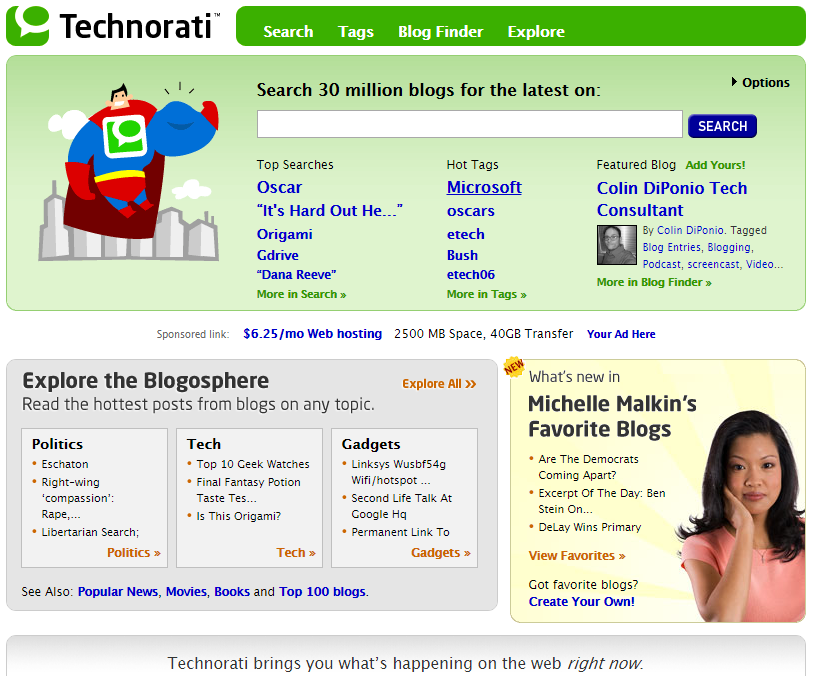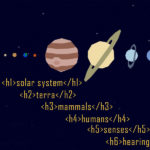Do you know Tom Ewer? He is the Chief Blog Officer for ManageWP. And, being seriously passionate about his work he also blog for WooThemes, Smashing Magazine, Tesla Themes etc. Besides he is a founder of huge project, called “Beginner Blogging”. He answers this question very definitely: “tags can be good for your blog if you tag correctly and effectively”.
What is Tag?
So from what we should start to agree or argue with this statement? What is Tag? Actually – Tags – are your blog’s index words. What for should we use them? First of all – for our users – not for search engines. Tags are about navigation and sorting – grouping your content to help users find useful information.
So, what’s the difference between the “Tag” and the “Category” then? Categories shows – what’s your blog is about. Categories represent your thorough work on the subject. Tags micro-categorization for your site’s content. If you are able to write several post titles on one idea, subject – then it’s a tag rather than category. Maybe you have over 20-30 posts tagged the same way – then it becomes one of the most relevant blog purposes – and it can be allocated to the category. Or if you notice, that one of the categories turns the scale – then, perhaps you should spun it off to separate blog.
A little bit of history
In the beginning was the word… a keyword…
Search engines and crawlers scan web to find them – to understand what your page’s main idea. Then we faced the problem of “keyword stuffing” and searchers decided to fink out of this practice – and started hunting for over stuffed with keywords pages. Now the allowable frequency of keywords usage from 4-6% (depending on the number of words). The younger brother of the keyword as well as “keyword stuffing’ – is tag and “tag stuffing”. The idea of tagging came when the content of sites became more extended, the structure became more complicated and categories were not enough for a quick orientation. 2005 was declared to be the year of the tag – for the web world. Bloggers and webmasters were trying to understand what it meant for categorizing their content, but the only question everybody were interested in – is how to manipulate tags for better page ranking!
Tag, actually, is the way of micro-categorizing your content with links, assigning a “tag” to a link to represent its categorization. As of 2005, the only services using tags specifically to index content and organize them were Del.icio.us, Technorati, and Flickr. Technorati was the driving force behind the push for tags on blogs. Its goal was to take on Google and Yahoo and change how we searched for information.
Search by tags. Technorati (2006)

And once again: what is tag?
But let’s obtain further insight into the subject. What’s “tag” – a link. The link needs a title – a required web standard attribute, which describes the link – this is indexed by search engines. What else we got – href – that identifies the actual URL link address for the browser and reader. The anchor or link text displays on the page – It is indexed by search engines as the link text and nothing more. The rel=”tag” attribute gives search engines, web crawlers, and bots information, that this link is designated as a “tag” – and that is it! Technorati was, and still is, the only “search engine” that uses tags separately from other content and links on your site – but at first – Its goal was to take on Google and Yahoo and change how we searched for information.
Time passed and this “tag idea” became meaningless for SEO purposes – it didn’t meet the expectations – because they all were simulated. The main aim of the tag – is to make content more user friendly – it’s “customer facing service”! Let’s not forget about it! Technorati lost its fight on this field, becoming a profiling and analytic data company sought by major companies for data-mining and other services.
At the end everything we do must bring nobler, whiter sense – then just money making… and be sure – soon or later Google will appreciate this!





0 Comments